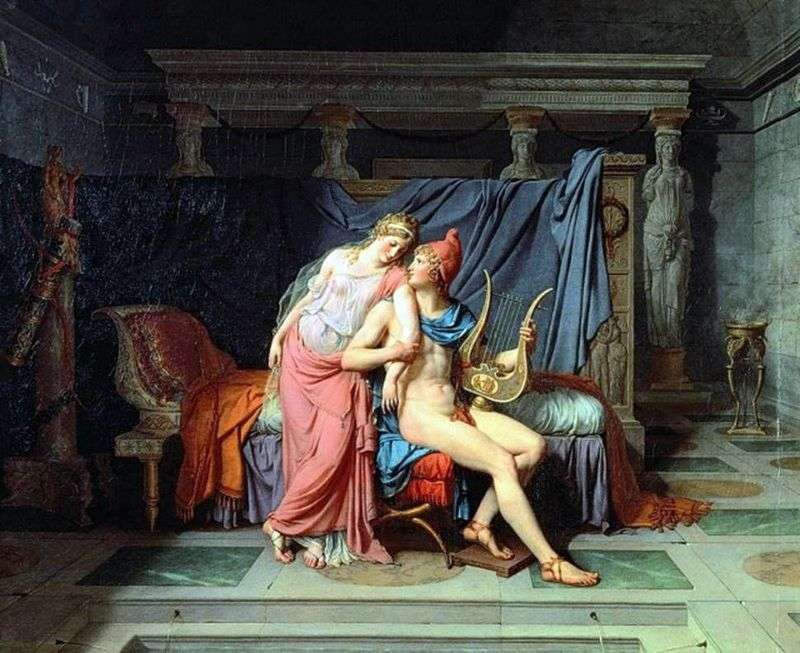
Painting of the French painter Jacques Louis David “Love of Paris and Helena.” The size of the painting is 144 x 180 cm, canvas, oil. For the painting “Belisarius” the artist receives from the Academy of Arts as a special privilege apartment in the Louvre. In the workshop of David they begin to work as disciples of Drouet, Fabre, Giraudet, Vicar.
In 1776, the director of the Office of the Royal buildings, Count d’Anguilier, with the aim of “reviving the virtues and patriotic feelings” of the French, commissioned David a historical painting on the plot of Rolen’s “The Roman History” “Oath of Horace.” Jacques Louis David worked on it in Rome and his show here caused a genuine sensation. The “heroic” style of the canvas with the strict and clear arrangement of the unified figures of Horatiev, frozen in the oath, against the background of the Doric colonnade, caused many imitations.
Contemporaries will take the picture to the artist’s revolutionary work, calling him the forerunner of the revolution. Another, idyllic, line in the European classicism of the second half of the 18th century is consonant with the canvas “Love of Paris and Helena.” This picture begins in the artist’s work a series of anacreontic plots in which the love, enjoyment of earthly joys of life, the harmony of nature are glorified.
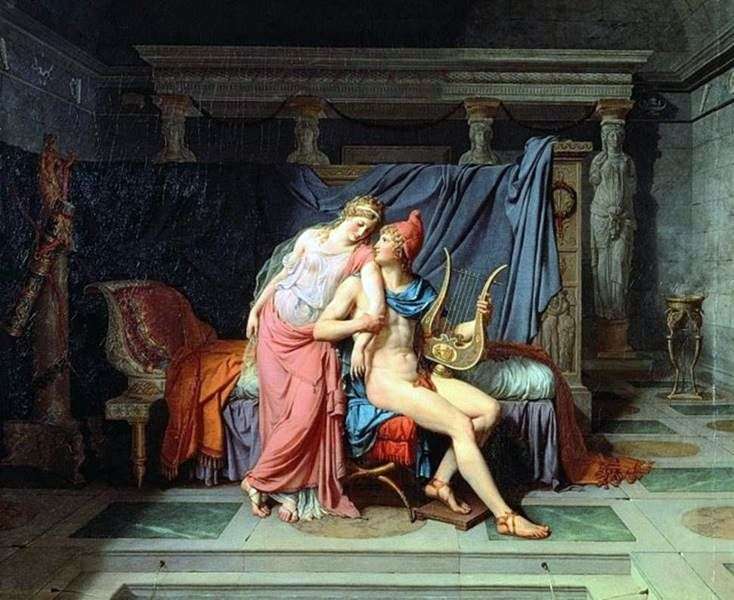 El amor de París y Helena – Jacques Louis David
El amor de París y Helena – Jacques Louis David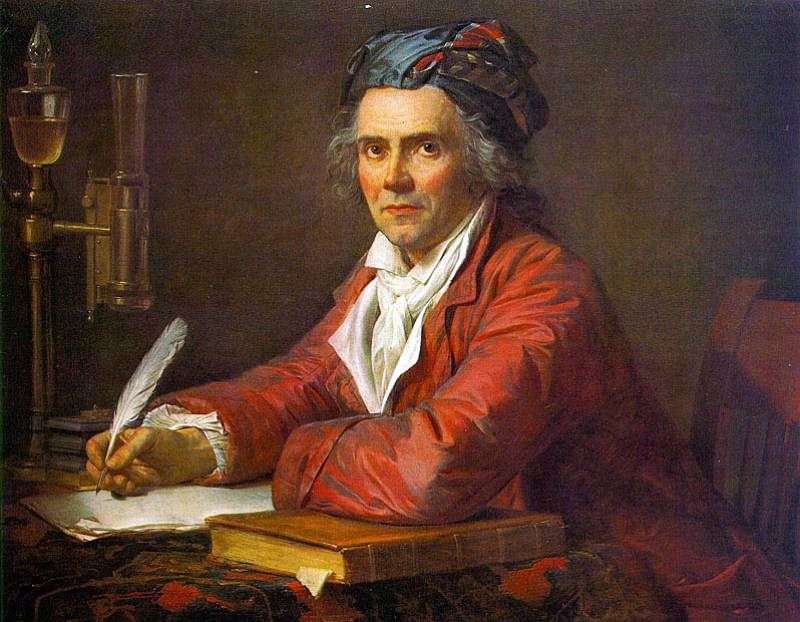 Portrait of Dr. Alfons Leroy by Jacques Louis David
Portrait of Dr. Alfons Leroy by Jacques Louis David Belisarius, asking for alms by Jacques Louis David
Belisarius, asking for alms by Jacques Louis David Pierre Serizia by Jacques Louis David
Pierre Serizia by Jacques Louis David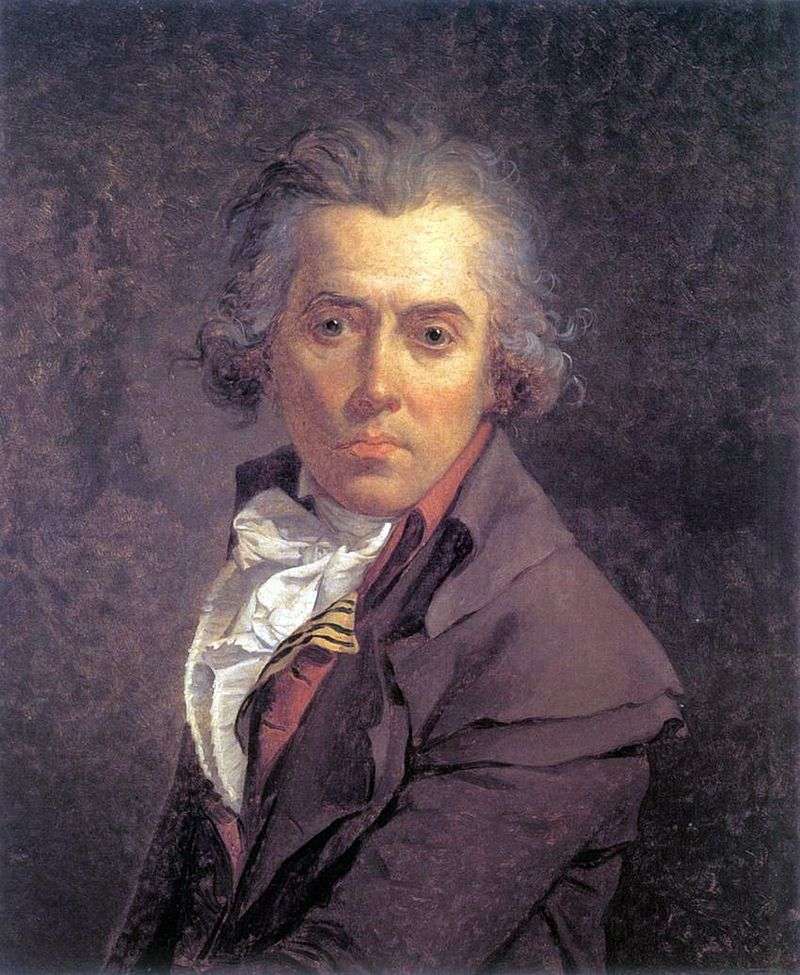 Self-Portrait by Jacques Louis David
Self-Portrait by Jacques Louis David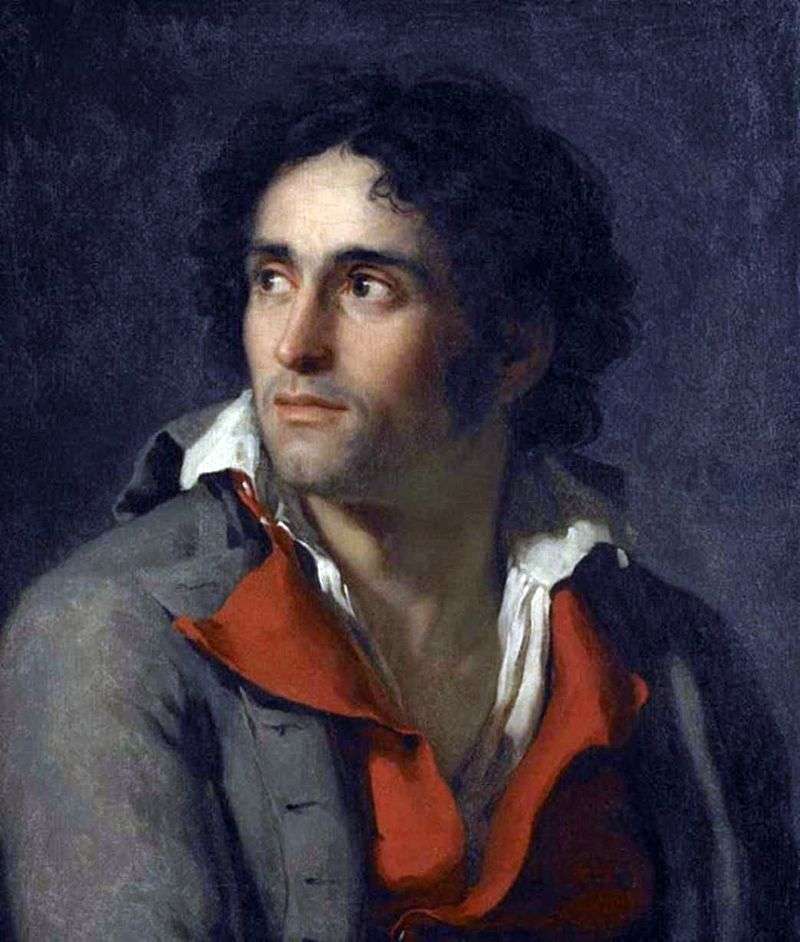 Portrait of the jailer by Jacques Louis David
Portrait of the jailer by Jacques Louis David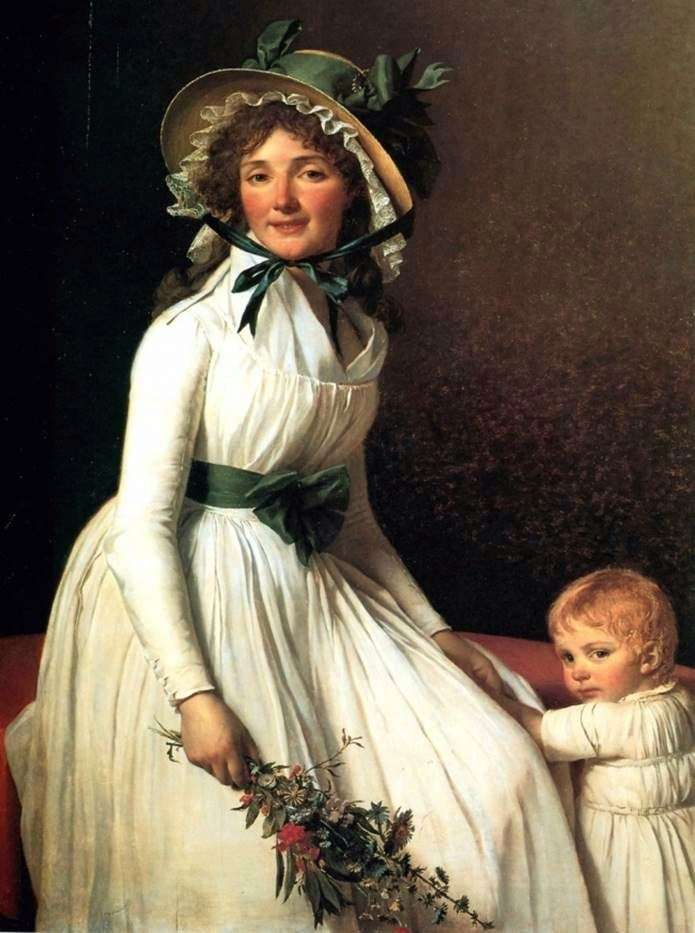 Portrait of Madame Emilia Serizia by Jacques Louis David
Portrait of Madame Emilia Serizia by Jacques Louis David Antiochus and Stratonica by Jacques Louis David
Antiochus and Stratonica by Jacques Louis David